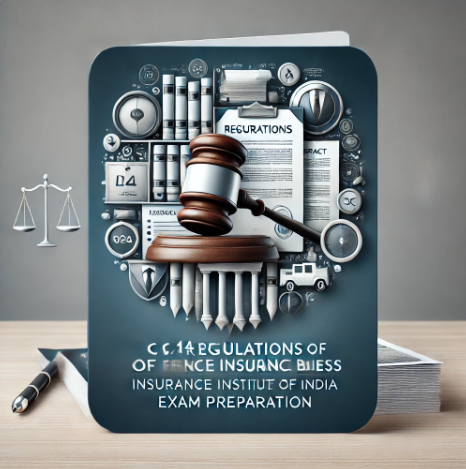Question
a.
δ = 5.64 x/ (Re) ½
b.
δ = 5.64 x/ (Re) ½
c.
δ = 6.64 x/ (Re) ½
d.
δ = 7.74 x/ (Re) ½
Posted under Heat Transfer
Interact with the Community - Share Your Thoughts
Uncertain About the Answer? Seek Clarification Here.
Understand the Explanation? Include it Here.
Q. Boundary layer thickness is given by
Similar Questions
Explore Relevant Multiple Choice Questions (MCQs)
Q. Shear stress at the middle of the plate is given by
View solution
Q. A plate 0.3 m long is placed at zero angle of incidence in a stream of 15 degree Celsius water moving at 1 m/s. Find out the maximum boundary layer thickness. For water at 15 degree Celsius. For water at 15 degree Celsius
p = 998.9 kg /m³
µ = 415.85 * 10¯² kg/hr m
View solution
Q. Local skin friction coefficient is given by
View solution
Q. Air at 25 degree Celsius flows over a flat surface with a sharp leading edge at 1.5 m/s. Find the boundary layer thickness at 0.5 from the leading edge. For air at 25 degree Celsius, kinematic viscosity = 15.53* 10n¯⁶ m²/s
View solution
Q. A plate 0.3 m long is placed at zero angle of incidence in a stream of 15 degree Celsius water moving at 1 m/s. Find out the stream wise velocity component at the mid-point of the boundary layer. For water at 15 degree Celsius
p = 998.9 kg /m³
µ = 415.85 * 10¯² kg/hr m
View solution
Q. Glycerin at 10 degree Celsius flows past a flat plate at 20 m/s. Workout the velocity components at a point P(x, y) in the fluid flow where
x = 2 m from the leading edge of the plate
y = 5 cm from the plate surface
For glycerin at 10 degree Celsius, kinematic viscosity = 2.79 * 10¯³ m²/s
View solution
Q. The boundary layer thickness is taken to be at a distance from the plate surface to a point at which the velocity is given by
View solution
Q. What is the value of thickness of the boundary layer at leading edge of the plate?
View solution
Q. The entrance length required for the flow to become fully-developed turbulent flow is dependent on
(i) Surface finish
(ii) Downstream conditions
(iii) Fluid properties
Identify the correct answer
View solution
Q. The transition from laminar to turbulent pattern of flow occurs at values of Reynolds number between
View solution
Q. The pattern of flow in the boundary layer is judged by the
View solution
Q. The conditions for flow beyond the boundary layer and its outer edge are
View solution
Q. The thin layer where velocity changes continuously is called
View solution
Q. The free stream undisturbed flow has a uniform velocity U INFINITY in the
View solution
Q. The concept of hydrodynamic boundary layer was first suggested by
View solution
Q. A flat plate 1 m by 1 m is placed in a wind tunnel. The velocity and temperature of free stream air are 80 m/s and 10 degree Celsius. The flow over the whole length of the plate is made turbulent by turbulizing grid placed upstream of the plate. Find the heat flow from the surface of the plate
View solution
Q. A flat plate 1 m by 1 m is placed in a wind tunnel. The velocity and temperature of free stream air are 80 m/s and 10 degree Celsius. The flow over the whole length of the plate is made turbulent by turbulizing grid placed upstream of the plate. Find the thickness of hydrodynamic boundary layer at trailing edge of the plate
View solution
Q. For a particular engine, the underside of the crankcase can be idealized as a flat plate measuring 80 cm by 20 cm. The engine runs at 80 km/hr and the crankcase is cooled by the air flowing past it at the same speed. Find loss of the heat from the crank case surface (t S = 25 degree Celsius). Assume the boundary layer to be turbulent
View solution
Q. A flat plate was positioned at zero incidence in a uniform flow stream of air. Assuming boundary layer to be turbulent over the entire plate, workout the ratio of skin-friction forces on the front and rear half part of the plate
View solution
Q. During test-run, air flows at 215 m/s velocity and 25 degree Celsius temperature past a smooth thin model airfoil which can be idealized as a flat plate. If the chord length of the airfoil is 15 cm, find drag per unit width. The relevant physical properties of air are
p = 1.82 kg/m³
v = 15.53 * 10¯⁶ m²/s
View solution
Recommended Subjects
Are you eager to expand your knowledge beyond Heat Transfer? We've handpicked a range of related categories that you might find intriguing.
Click on the categories below to discover a wealth of MCQs and enrich your understanding of various subjects. Happy exploring!








